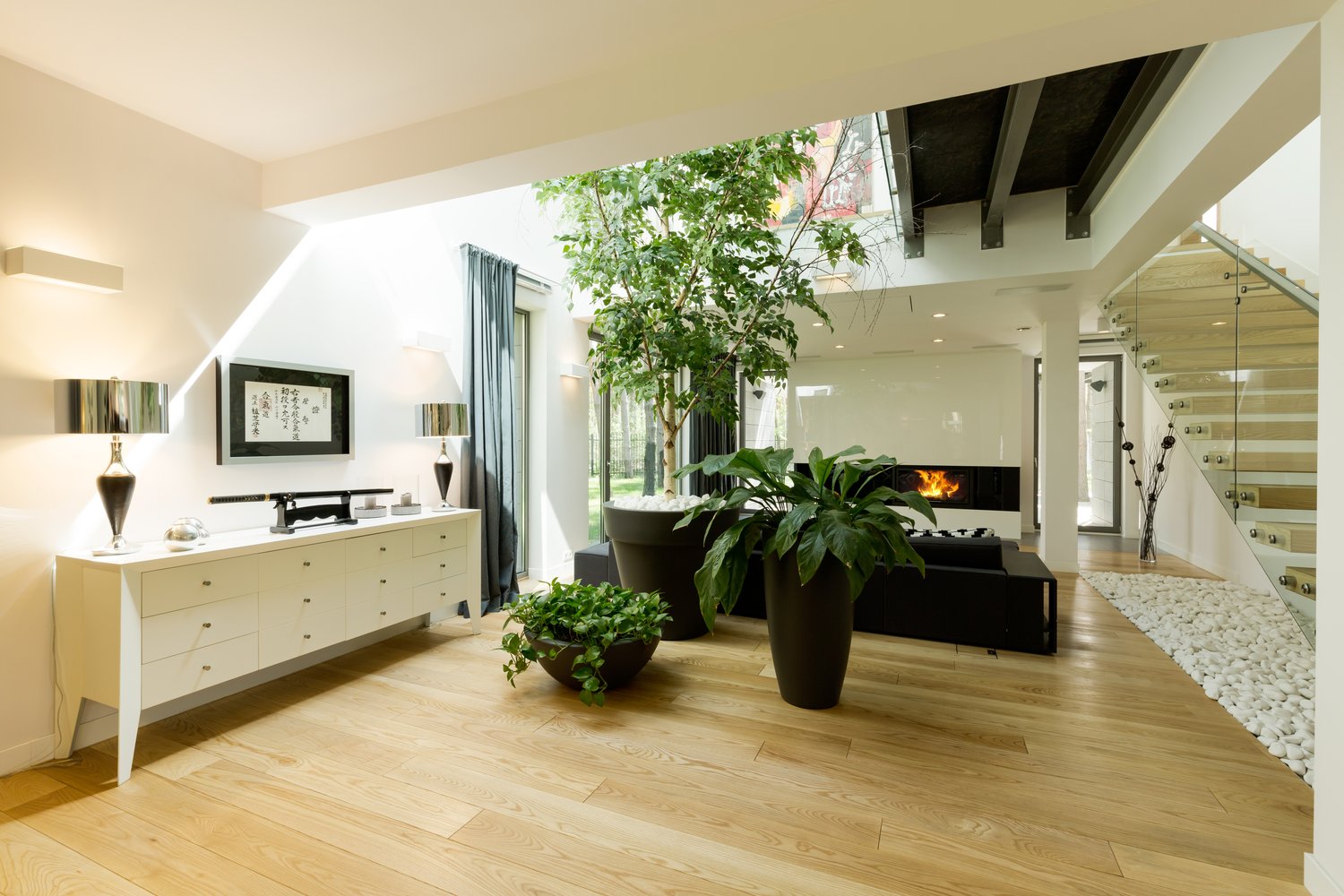Bringing nature indoors is more than just a design trend—it’s a way to create a healthier, more vibrant living environment. Indoor plants can transform any space from dull to dynamic while naturally filtering air pollutants and increasing oxygen levels. This comprehensive indoor plant guide will walk you through selecting the right houseplants for your space, understanding their specific needs, and providing proper care to help them thrive. Whether you’re a first-time plant parent or looking to expand your indoor garden, these tips for choosing houseplants and caring for indoor plants will set you up for success.
Understanding Your Space Before Selecting Plants
Before rushing to purchase the most attractive plants at your local nursery, take time to assess your home environment. The first step in any good indoor plant guide is understanding the conditions in which your future plants will live. Consider the amount of natural light each room receives throughout the day. South-facing windows typically provide bright, direct sunlight, while north-facing windows offer more subdued, indirect light. Note temperature fluctuations, especially near windows, doors, or heating and cooling vents. Some areas in your home may be naturally more humid (like bathrooms) or drier (near heating units). This environmental inventory will help determine which houseplants are best suited for specific locations in your home, increasing their chances of survival and reducing your frustration.
Selecting the Best Plants for Your Home
When choosing houseplants, match plant requirements to your home’s conditions rather than simply selecting what appeals visually. For low-light areas, consider plants like pothos, snake plants, or ZZ plants that thrive with minimal sunlight. Rooms with bright, indirect light offer more options, including fiddle leaf figs, rubber plants, and many varieties of philodendrons. If you’re new to plant care, start with hardy, forgiving species like spider plants or peace lilies. Pet owners should research thoroughly, as many common houseplants can be toxic if ingested by animals. The experts at AskHomey recommend considering mature plant size as well—that cute small plant might grow into a substantial specimen requiring significant space.
Essential Care Techniques for Indoor Plants
Successful care for indoor plants hinges on understanding basic but crucial maintenance routines. Watering is perhaps the most common challenge in caring for indoor plants, with overwatering being the leading cause of houseplant death. Rather than adhering to a strict schedule, check soil moisture by inserting your finger about an inch into the soil—if it feels dry, it’s time to water. Most plants prefer a thorough soaking until water drains from the bottom, followed by a period of drying out. Regarding light, observe your plants for signs they’re getting too much or too little—yellowing leaves often indicate excessive light, while stretched, leggy growth suggests insufficient illumination. Regularly dust leaves with a damp cloth to keep them clean and able to photosynthesize efficiently. This simple maintenance routine allows plants to breathe and absorb light properly.
Seasonal Adjustments in Plant Care
Your indoor plant guide wouldn’t be complete without addressing how care requirements change with the seasons. During spring and summer growing seasons, most houseplants benefit from increased watering and monthly fertilization with a balanced, water-soluble fertilizer. As days shorten in fall and winter, most plants enter a dormant phase requiring less water and no fertilizer. Indoor heating during winter months can create excessively dry conditions, so consider using a humidifier or placing plants on trays filled with pebbles and water to increase humidity. Additionally, be mindful that windows that provided perfect light in summer may become too cold in winter, necessitating relocation of sensitive plants. Responding to these seasonal shifts is crucial for maintaining healthy indoor plants year-round.
Troubleshooting Common Plant Problems
Even with the best indoor plant guide, issues will inevitably arise when caring for houseplants. Yellow leaves might indicate overwatering, underwatering, or insufficient light, depending on other symptoms. Brown leaf tips often signal low humidity or mineral buildup from tap water. Small insects appearing on your plants could be aphids, spider mites, or mealybugs, each requiring specific treatment approaches. Rather than immediately reaching for chemical solutions, try natural remedies first: insecticidal soap sprays, neem oil, or even a strong stream of water can address many pest issues. When a plant consistently struggles despite your best efforts, don’t hesitate to relocate it to a different spot in your home—sometimes finding the right microclimate makes all the difference in a plant’s performance.
Creating a Plant Care Routine
Developing a systematic approach to caring for indoor plants will help ensure their longevity. Create a simple journal documenting when you acquired each plant, its specific needs, and your care history. Schedule a weekly “plant day” when you systematically check each plant for watering needs, signs of pests, or disease. This consistent attention allows you to catch potential problems early before they become serious. Consider rotating plants quarterly to promote even growth, especially for those near windows. With time, you’ll develop an intuitive sense for your plants’ needs, making the process of choosing houseplants and their subsequent care increasingly rewarding as your confidence and collection grow.
For more tips and to connect with reliable home service professionals, follow AskHomey on Facebook and Instagram.



